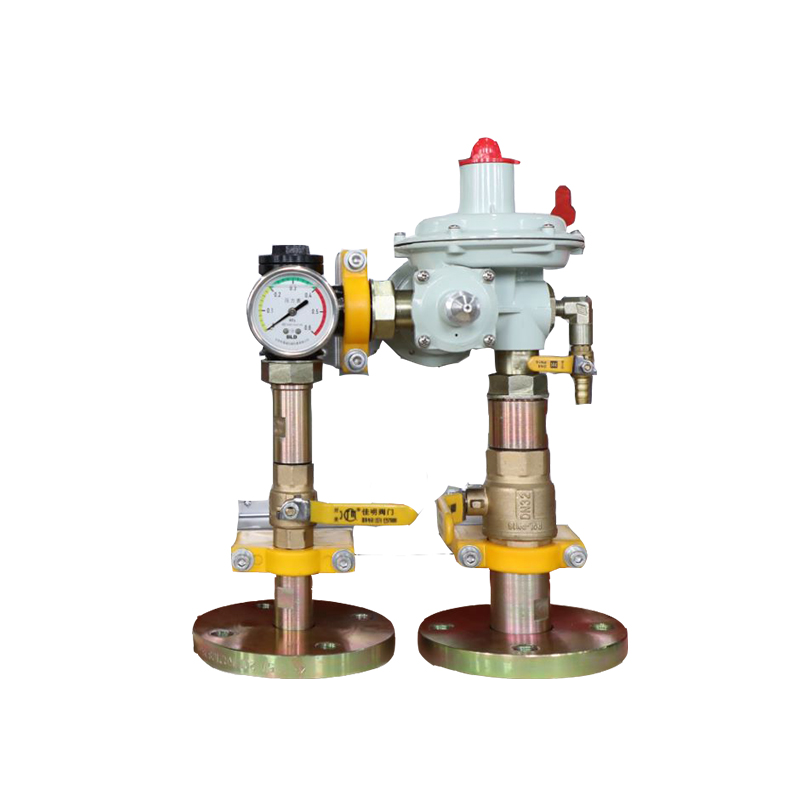
Nov . 29, 2024 18:37
Back to list
natural gas safety valve
The Importance of Natural Gas Safety Valves
Natural gas plays a crucial role in today’s energy landscape, powering homes, businesses, and industries alike. While its benefits are numerous, safety remains a paramount concern due to the inherent risks associated with gas leaks and other hazardous situations. One of the most vital components in ensuring the safe use of natural gas is the safety valve. This article delves into the significance of natural gas safety valves, their operation, and the best practices for their maintenance.
Understanding Safety Valves
A natural gas safety valve is a mechanical device that automatically releases gas pressure from a vessel or system when it exceeds a predetermined limit. Its primary function is to prevent potential explosions or other dangerous situations that could arise from over-pressurization. Safety valves are integral to various applications, including gas pipelines, residential heating systems, and industrial machinery.
The mechanism consists of a spring-loaded system that opens the valve when the pressure rises beyond safe levels. Once the pressure returns to normal, the valve closes, ensuring the system operates within the designated parameters. This automatic response is crucial for protecting both equipment and personnel from the dangers of high-pressure gas.
Types of Safety Valves
There are several types of safety valves used in natural gas systems, each designed to meet specific requirements
2. Pilot-operated Safety Valves These valves use a pilot mechanism to control the main valve, providing more precise opening and closing responses.
3. Balanced Safety Valves Designed for high-pressure applications, these valves balance the pressure acting on the valve seat, ensuring reliable performance even in fluctuating conditions.
Each type of safety valve is engineered for precision and reliability, ensuring that risks associated with natural gas are minimized.
natural gas safety valve

Importance of Regular Maintenance
To function effectively, natural gas safety valves require regular maintenance and inspection. Over time, factors such as corrosion, dirt accumulation, or mechanical wear can impact a valve's performance, potentially leading to failures that compromise safety.
Key maintenance practices include
- Routine Inspections Regularly checking for signs of wear, leaks, or corrosion is essential. Visual inspections should be conducted alongside operational tests to ensure the valve responds correctly under pressure.
- Calibration Safety valves should be calibrated according to manufacturer specifications. Proper calibration ensures that the valve opens and closes at the designated pressure points, maintaining system integrity.
- Cleaning Keeping the valve clean from dirt and debris can prevent malfunctions. Scheduled cleaning should be part of the maintenance routine.
- Replacement If a safety valve shows signs of significant wear or has failed an inspection, it should be replaced immediately to uphold safety standards.
Conclusion
Natural gas safety valves are a critical component in the safe handling and transportation of natural gas. Given the potential hazards associated with gas leaks, maintaining the integrity of these valves is essential for ensuring both public safety and equipment longevity. By implementing a comprehensive maintenance program—focused on regular inspections, proper calibration, cleaning, and timely replacements—individuals and companies can significantly mitigate the risks associated with natural gas use.
In an ever-evolving energy landscape, the importance of prioritizing safety cannot be overstated. Investing in the maintenance of natural gas safety valves ultimately protects lives, property, and the environment, making it a responsibility that every gas user must take seriously.
Latest news
-
Safety Valve Spring-Loaded Design Overpressure ProtectionNewsJul.25,2025
-
Precision Voltage Regulator AC5 Accuracy Grade PerformanceNewsJul.25,2025
-
Natural Gas Pressure Regulating Skid Industrial Pipeline ApplicationsNewsJul.25,2025
-
Natural Gas Filter Stainless Steel Mesh Element DesignNewsJul.25,2025
-
Gas Pressure Regulator Valve Direct-Acting Spring-Loaded DesignNewsJul.25,2025
-
Decompression Equipment Multi-Stage Heat Exchange System DesignNewsJul.25,2025

